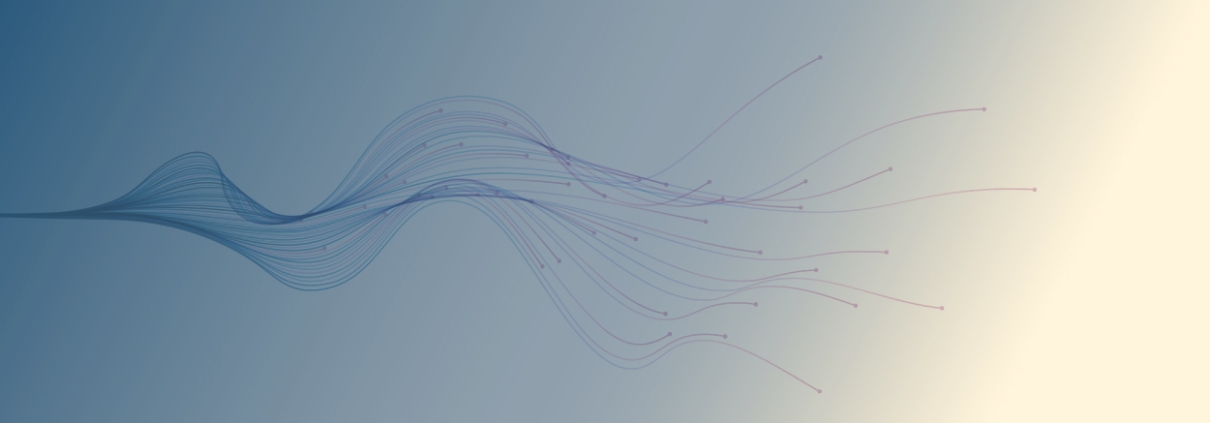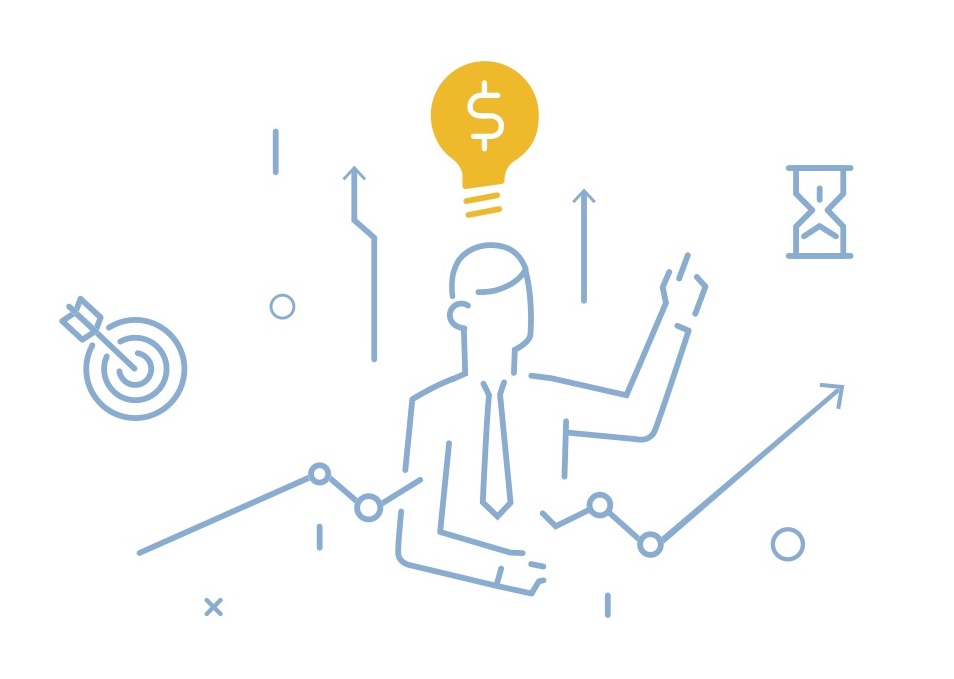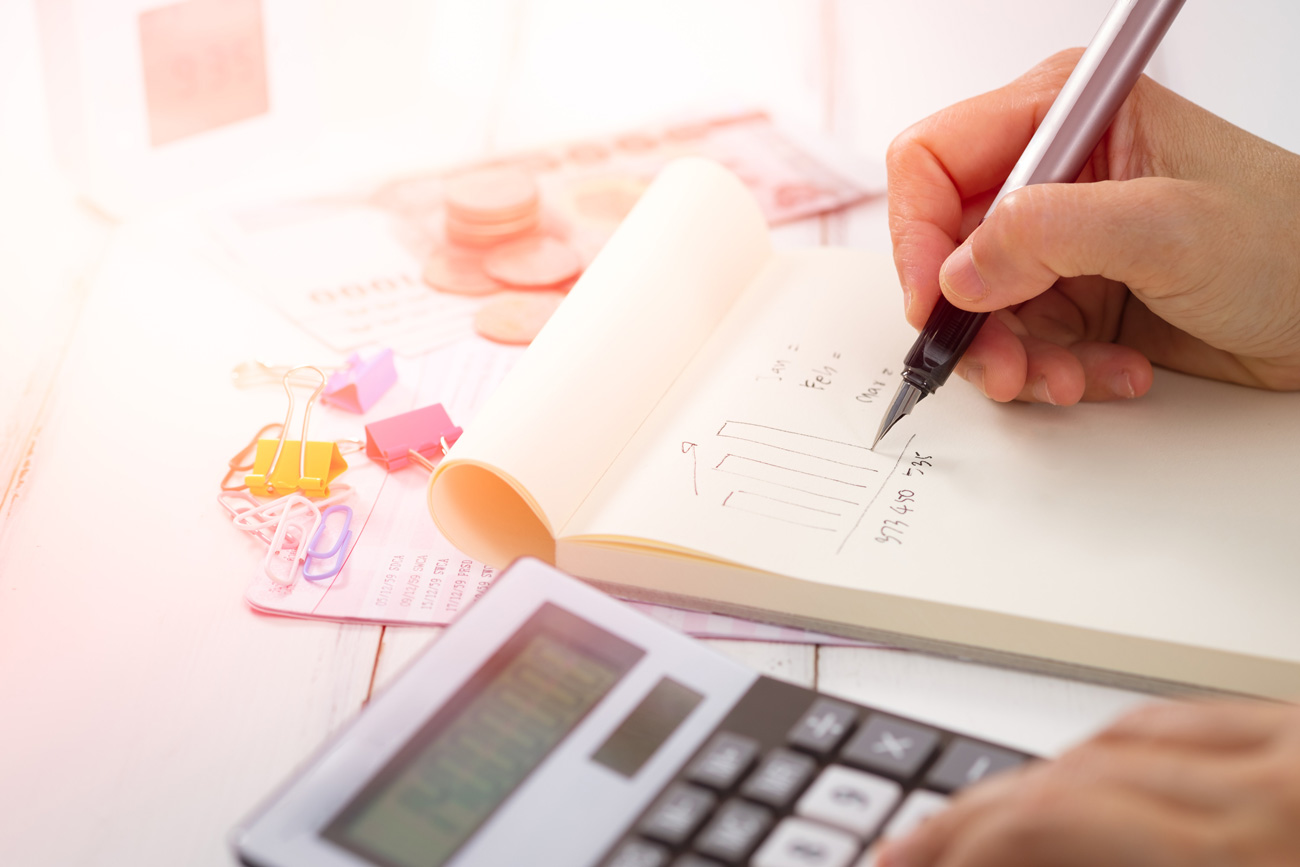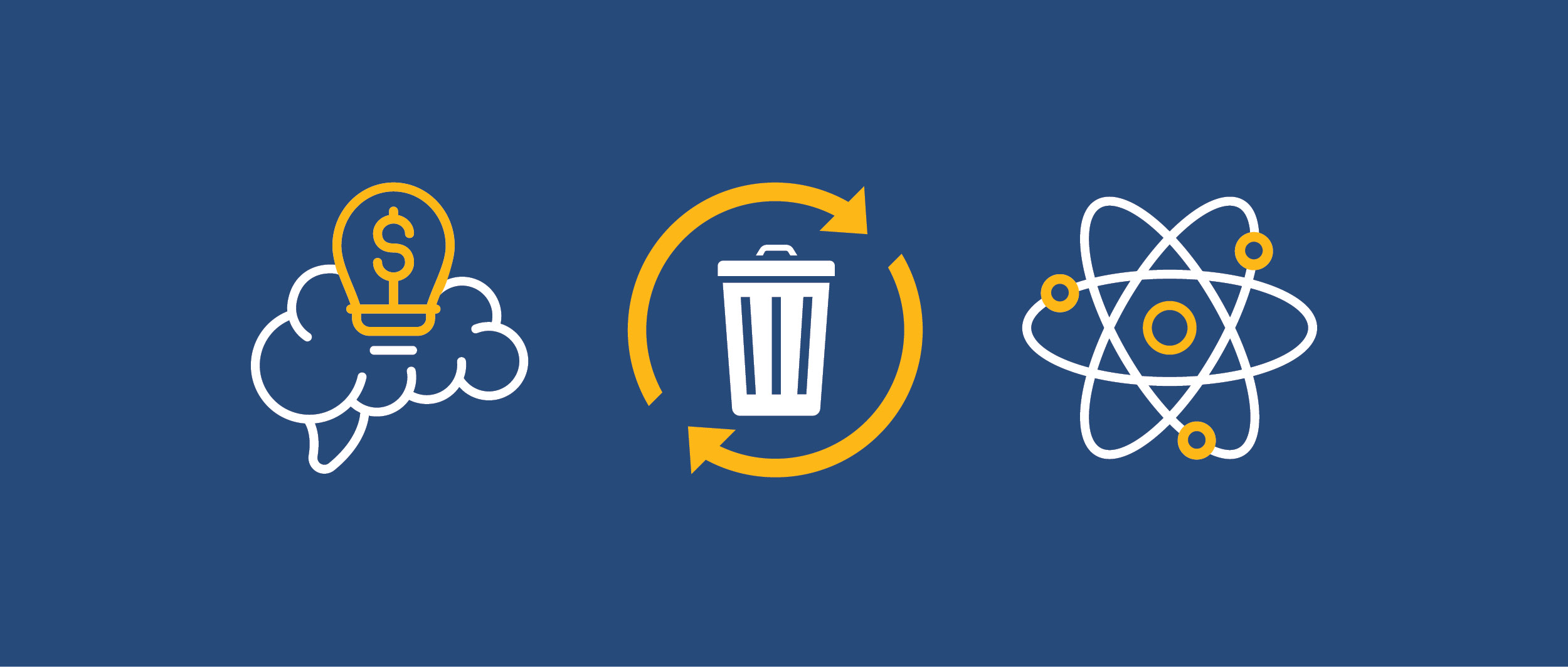138. Mark McGrath: The Adaptive Entrepreneurial Method: VUCA, OODA, IOT
Austrian economics is distinctive in its recognition and, indeed, embrace of continuous change: customer preferences change, competitors’ actions change, markets change, technology changes, prices change, business methods change. New knowledge is continuously created and accumulated. And Austrian economics equally recognizes that entrepreneurial businesses must change in response: capital combinations change, supplier and customer relationships change, organization structure changes, business portfolios and value propositions change. Continuous change is required — which is something business has not traditionally been designed for. How do businesses manage continuous change?
In the current digital age, the rate of change in the external business environment is accelerating, largely as a consequence of rapid technological evolution and the ways in which customer behavior and preferences change in response. We plan to cover the issue of continuous change from multiple angles in the coming weeks and months.
This week, Mark McGrath joins us to review a tool for value creation amidst continuous, roiling change. It has been around for a while and so is proven in multiple arenas and situations. It goes by the name of OODA.
Key Takeaways and Actionable Insights
The OODA loop is a deeply sourced tool that draws on eastern philosophy, western science, and aligns with Austrian economics.
When a firm as a network of individuals, knowledge, ideas, tools, processes and resources works with clients and customers and their systems, all should be better off as a result of their co-ordinated action. The better the capacity to learn and make adjustments together, the better the capability to recognize and seize opportunities, and to act at co-ordinated speed. Those who can handle the rate of change fastest will be the most successful.
The originator of the OODA loop model, John Boyd, synthesized thinking from multiple sources about this problem. In business, we can call it the Adaptive Entrepreneurial Method.
The loop is triggered by uncertainty, or what is referred to in the model as VUCA:
Volatility — circumstances change abruptly and unpredictably;
Uncertainty — knowledge is incomplete and the future is indeterminate;
Complexity — we are individuals in a dynamic interconnected whole with emergent outcomes;
Ambiguity — multiple interpretations from multiple observers, and multiple conclusions.
VUCA enters the OODA loop as unfolding interaction with the ever-changing external environment or market, as information and data coming into the company, and as unfolding circumstances, whether these are the company’s own sales trends and customer relationships or the activities of competitors.
VUCA is the state of the universe. It’s the normal condition that entrepreneurs should assume as the basis for action. It also creates an exciting state of opportunity in which dynamically adaptive entrepreneurial businesses can thrive.
OODA is a feedback loop.
OODA stands for observing, orienting, deciding, acting — a continuous process.

Orientation is critical to successful operation of the model. For a firm or for an individual entrepreneur, orientation is a mélange of inputs: mindset, personality, our way of thinking and interpreting, previous experiences and how we’ve processed them, our ability to process new information, our ability to handle change, our ability to analyze and break things down while simultaneously piecing things together and synthesizing them into an insight or construct that never existed before.
Orientation houses all our biases, and all our cognitive models. It’s how we perceive and how we experience the world. It determines how we process all the information we observe.
Decisions are hypotheses.
From our orientation-determined analysis and synthesis of incoming data, we envision a future state: what could happen if we did something? In Misesian terms, we imagine what it would be like in the future if we were able to address our own uneasiness — if we were to change our current state and trade it for another one. Any action that follows must be preceded by a decision, a hypothesis of what we think might happen.
Action is an experiment to test the hypothesis.
In applying the OODA loop, entrepreneurs demonstrate a bias for learning and a bias for action. We learn by testing what happens when we act and making new observations of the outcomes of the action. These outcomes will give us new signals to employ in re-orienting to ensure that our decisions and actions are well-aligned with reality.
The OODA loop model is consistent with the Explore and Expand approach to business strategy.
At Economics For Business, we have frequently urged entrepreneurial firms to abandon business school strategic thinking and replace it with an Explore-And-Expand approach, running many fast, low-cost exploratory experiments and quickly expanding investment in those that work, discarding others. In OODA loop, experiments are decisions and actions, and re-orientation results in expanding application of the successful ones.
In OODA, we continuously build and re-build our perception of the VUCA world and attempt to match our perception with reality through exploration and expansion. We aim to ensure our orientation is attuned to the way the world is and not to the way we want it to be or imagine it to be.
The more we learn, the more we build and re-build, the faster we can advance. Speed of learning is important, so long as it is based on well-processed information.
Guidance and control.
In the OODA loop graphic, there are two areas designated “implicit guidance and control”: our actions and our observations. Our orientation implicitly guides and controls both. Our orientation as entrepreneurs or as economists will always affect how we perceive things. Where some might see an obstacle, others see an opportunity. That’s orientation at work. On the action side, orientation implicitly guides and controls our actions. There are some things we can do automatically, employing heuristics or procedures that we don’t stop to think about. This also is orientation at work — and at speed.
Continuous testing.
The OODA loop, processing VUCA information into decisions and action via continuous reorientation, is a test. An entrepreneur is always being tested. As time moves unstoppably forward, new challenges continuously emerge. It’s the ceaseless flux of human affairs, as Mises put it in Human Action.
If we maintain an open and flexible or agile approach or orientation to this continuous testing, we’ll avoid failure.
Focusing on a well-understood purpose will eliminate wasted time and wasted action.
The Adaptive Entrepreneurial Model has three major elements: VUCA, the way the world is; OODA, as described above; and IOT. IOT stands for In Order To: the purpose or mission. As we deal with VUCA, and continuously change our orientation as we learn from our decisions and experiments, quickly finding out what works and what doesn’t, we must never lose sight of our purpose and our intent. What are we trying to accomplish?
Everyone in our firm, or on our team, must share the same purpose and be able to articulate it in the same way. When that’s the case, creative and co-ordinating action can move forward without instruction: we don’t have to tell people what to do when they’re in the middle of VUCA so long as they have the same shared purpose in mind. Everyone focuses on what needs to happen and why. There’s never action for action’s sake; it’s always with a shared purpose. If team members do not share the same understanding of purpose, then they’re creating more VUCA. If they do share understanding, the orchestration of their individual efforts produces harmony.
People, ideas, things — in that order.
All action is human action, all decisions are human decisions, all teams are human teams. When orientations are aligned, harmonious co-ordinated action is possible. There’s a high priority on relationships — with teammates, colleagues, customers, vendors, partners.
In a business utilizing the OODA model, people always come first because they are the ones who act. Ideas follow, judged through the lens of helping people to decide and act. Things — technology, property, money — are at the third priority level to ensure they support people and enable their ideas.
“A sound understanding in application of these comments will yield geometric results.”
Improved results are the repayment for the effort expended to study the Adaptive Entrepreneurial Method.
Additional Resources
“The Adaptive Entrepreneurial Model — Core Thesis” (PDF): Download PDF
John Boyd’s “OODA Loop Graphic” (PPT): Download PPT
“The Epistemology of the OODA Loop” (PDF): Download PDF
“Destruction And Creation” by John R. Boyd (PDF): Download PDF
The Theory Of Dynamic Efficiency by Jesús Huerta De Soto: Download PDF
The Ultimate Foundation Of Economic Science by Ludwig von Mises: Read it on Mises.org








Leave a Reply
Want to join the discussion?Feel free to contribute!